a "funny" ATU tuner
its a "FRI-MATCH!"
its a "FRI-MATCH!"
my implementation by RALPH KLIMEK VK3ZZC OCT-2013
Antenna matching units all require a variable inductor, either a switched tapped inductor or the nearly impossible to obtain roller inductor. For the best match, the switched inductor never has the taps in exactly the right spot. Maybe we need to think about an "intepolation" arrangement with a secondary switched inductor of finer resolution. But I digress. A search of the interwebs reveals some interesting and off beat designs for continuously variable ATUs. Here is one I found that does not require a roller inductor or even a switched inductor. It uses a pair of old style egg-slicer broadcast tuning gangs and it appears to create the variable inductance by shunting out turns of the fixed inductor. It appears to work. This implementation of mine matches random bits of wire and other assorted metallic fixtures and turns it in to 50+j0 ohms as measured by my little return loss bridge. It has a usefull operational frequency range of 5 to 28 Mhz. It is not my design, I will look at my notes so I can attribute ( ie pin-the-blame ) it to the ACTUAL designer ! I do not actually understand how this unit works. It is reproducible. The coil is wound from thin gauge copper "thermostat pipe" with approx od of 1/8 inch and coil inner diameter of about 12mm.
You can find this material from discarded gas ovens
the coil is designed to have taps at n/5 , 2n/5, 3n/5 and 5n/5 which limits somewhat the options with the coil. I have chosen 15 turns and this inductance permits good range up to the 12 meter 25.890Mhz band and we run out of tuning at about 28Mhz. The coil is mounted on plastic insulating columns
As it is very difficult to make good RF ground bonds to aluminium, all RF grounds run through heavy strapping to a copper flashing to which the external connectors are mounted. The heavy braided strapping comes from coaxial cable outers.
The old broadcast gangs are now available only from the flea markets at hamfests. Many older hams will have spare ones in their junk boxes. Just ask. The gangs were originally assembled by swaging and will perform erratically at higher frequencies. I have soldered all fixed metal junctions. This ensures the absence of strange intermittant behaviour. If your gangs are heavily contaminated by gunge and dust (remember that the last ones were made in the early sixties !) boil them in dilute dishwashing green detergent. An acid flux can be used to assist soldering the frames. Reboil in dilute borax solution to remove all acid traces and to passivate the metal. The gangs you see here were absolutely disgusting and completely covered in aged dust and 60 years worth of grime. My cleanup results was very pleasing. Borax solution is remarkably effective in cleaning up acid flux residues which cannot be removed with simple rinsing. You might also try very dilute 2% hydrochloric acid to brighten the metal after the degreasing. If you do, you MUST passivate the metal with borax after a thorough rinse and soldering. This project's purpose was just as much an experiment to see how well I could clean up old broadcast gangs.
The original inspiration for this ATU design came from this extremely interesting webpage
http://pa0fri.home.xs4all.nl/ATU/FRImatch/FRImatcheng.htm
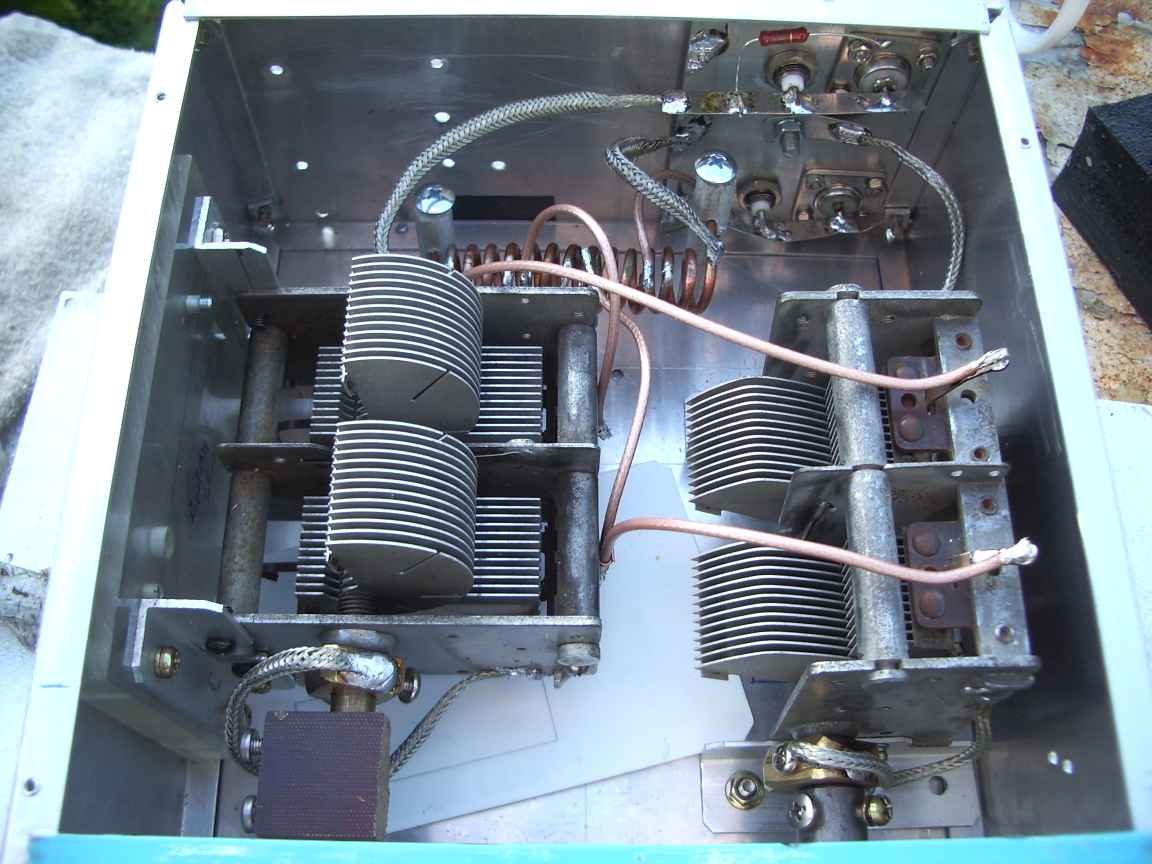
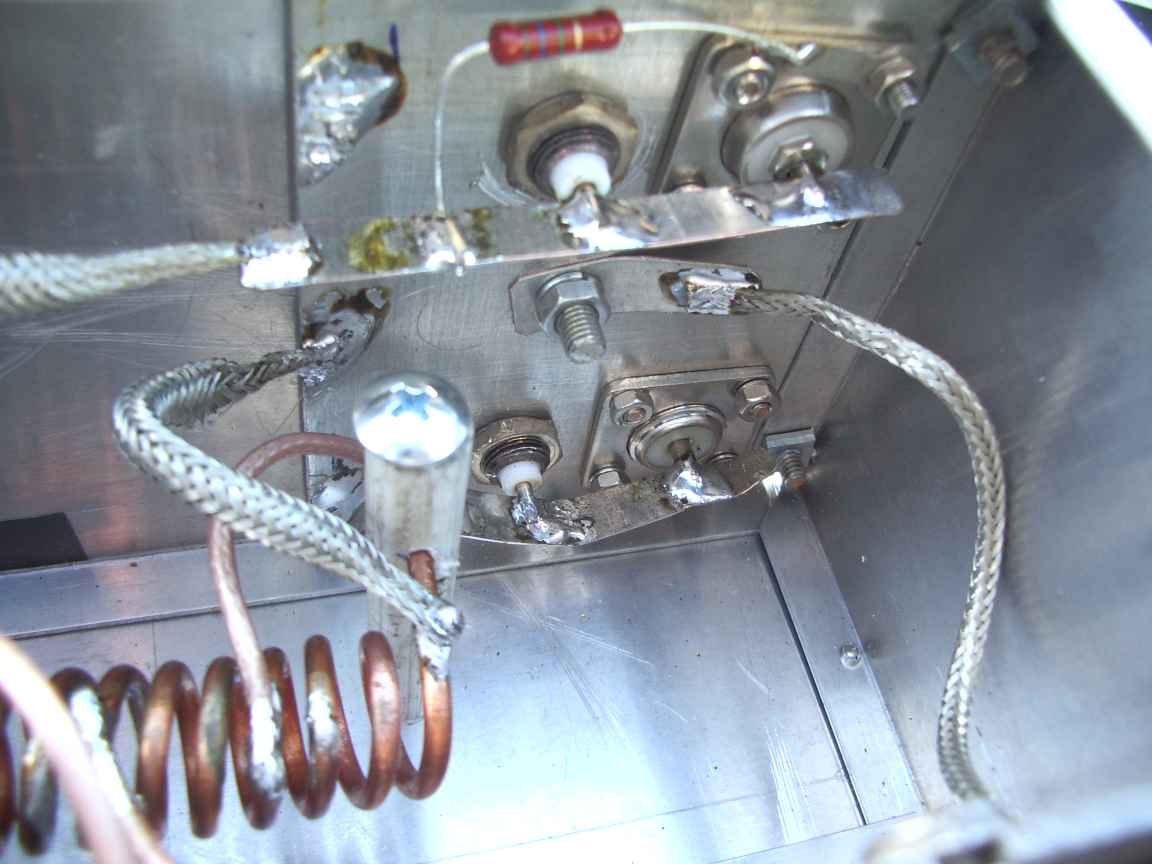
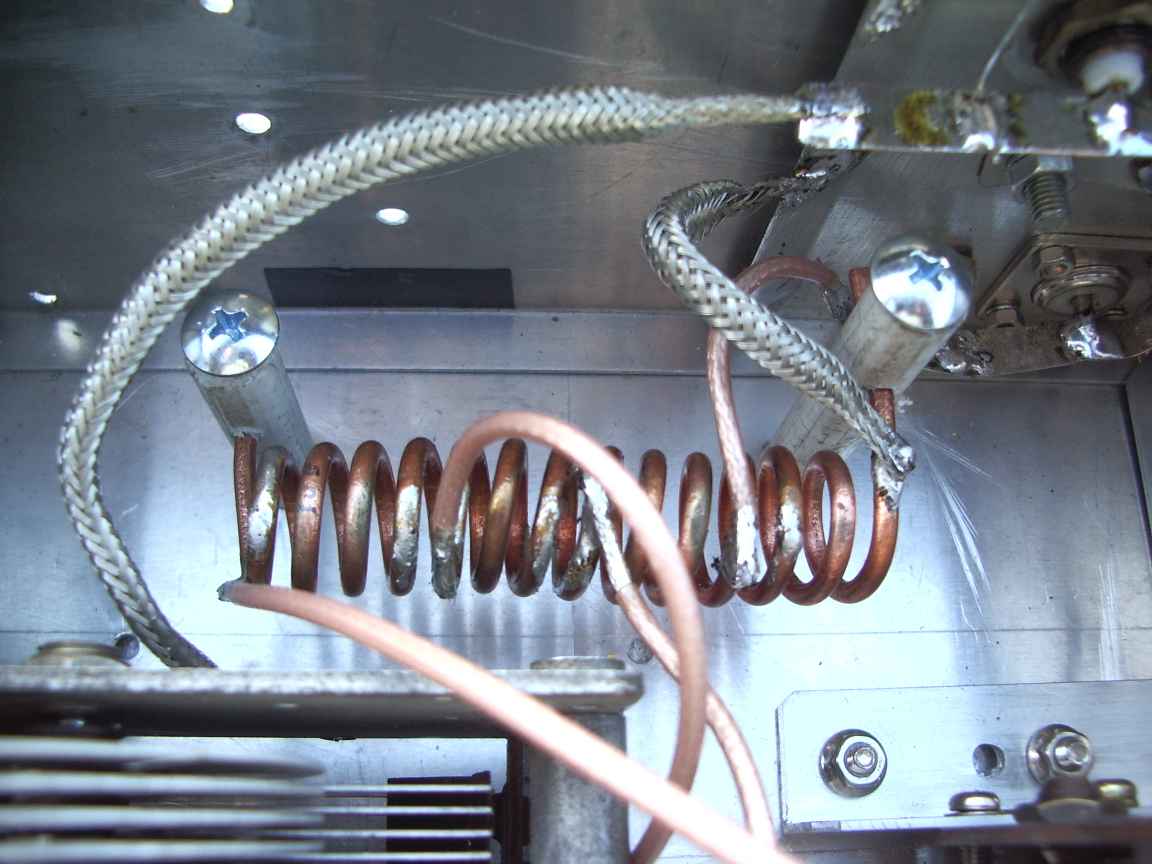
see also the insulating shaft coupler
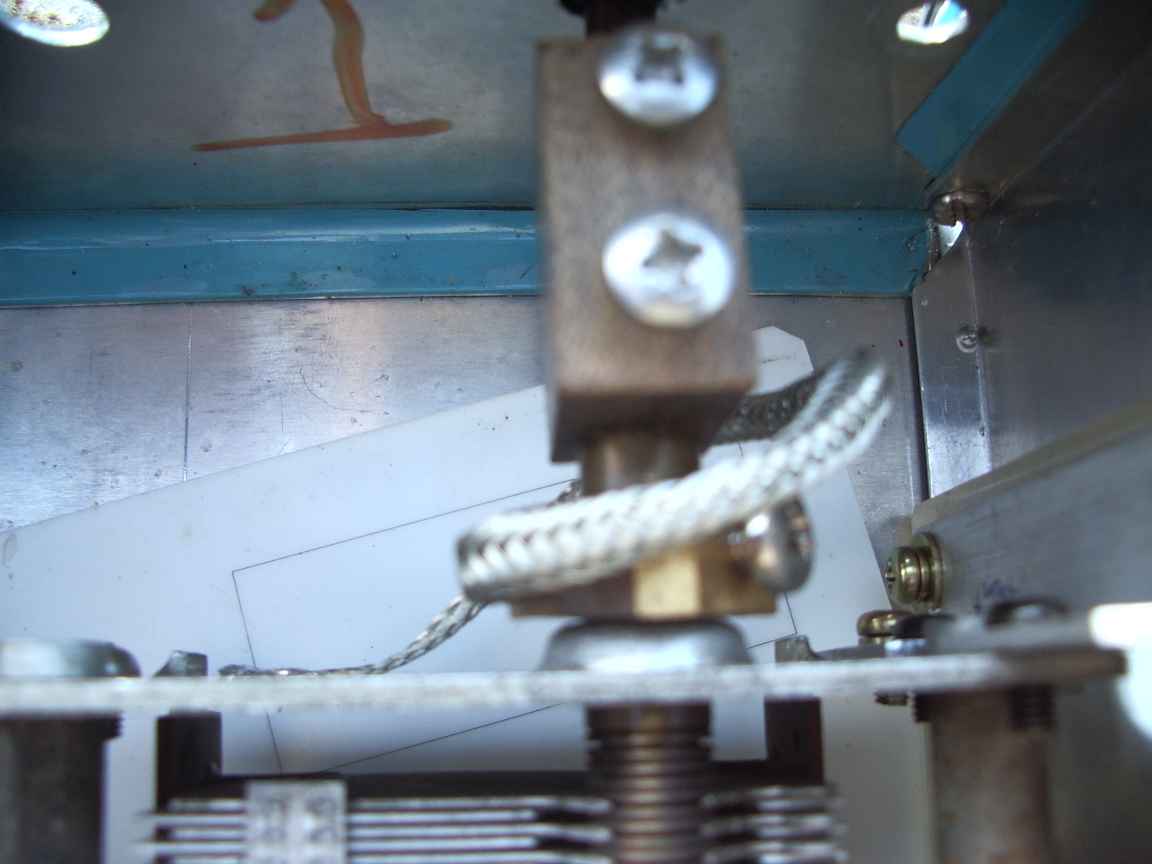
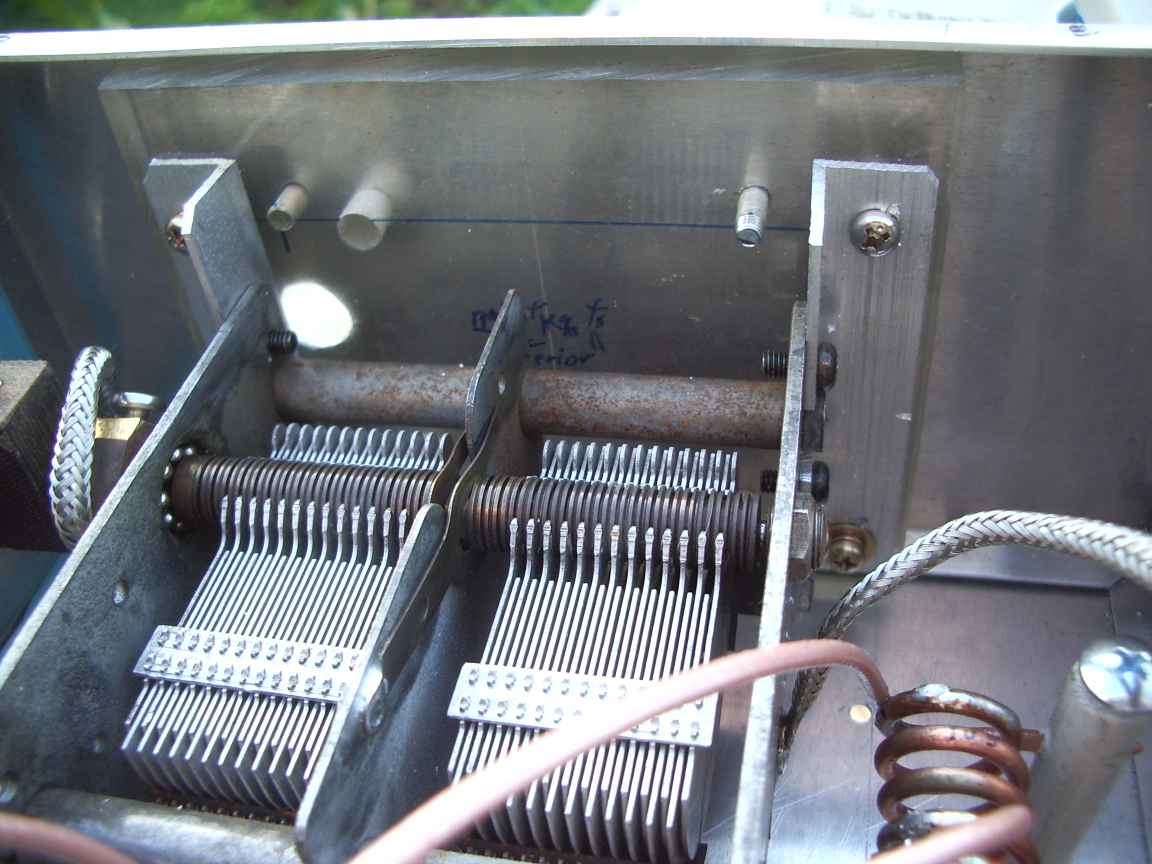
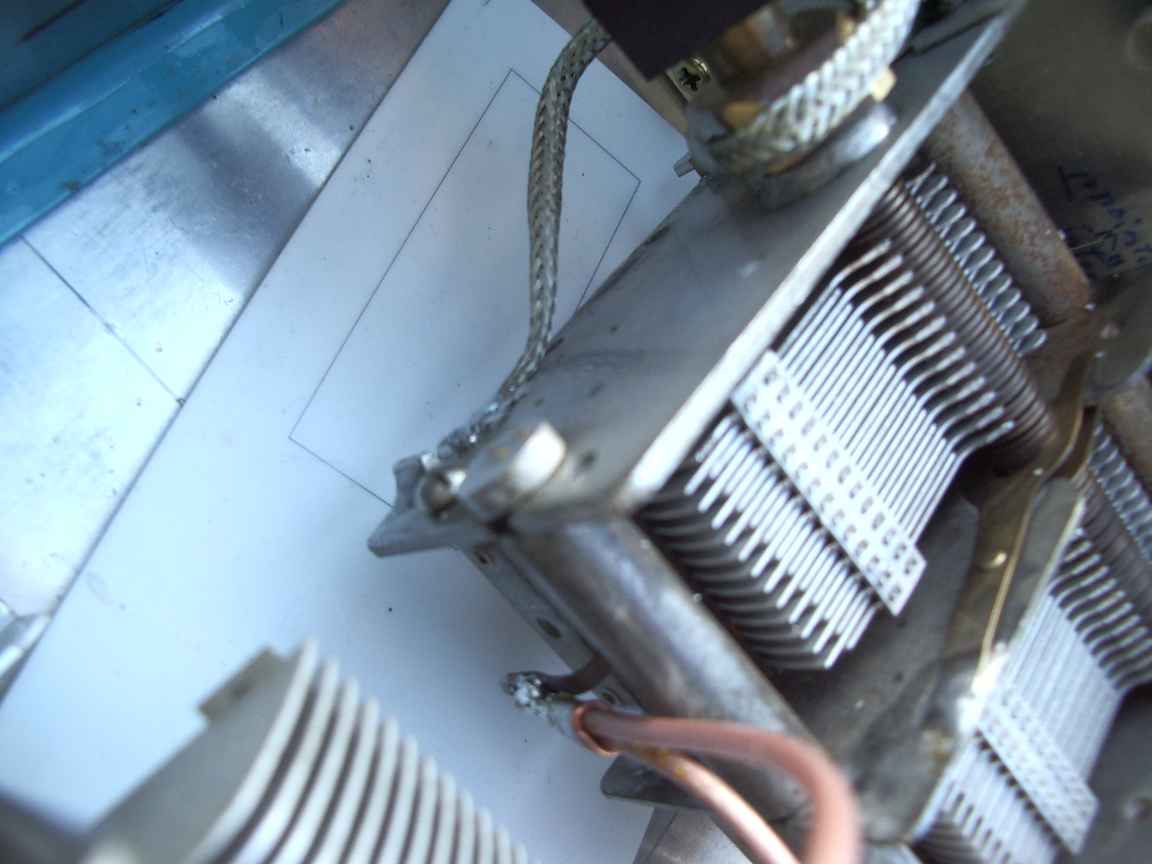
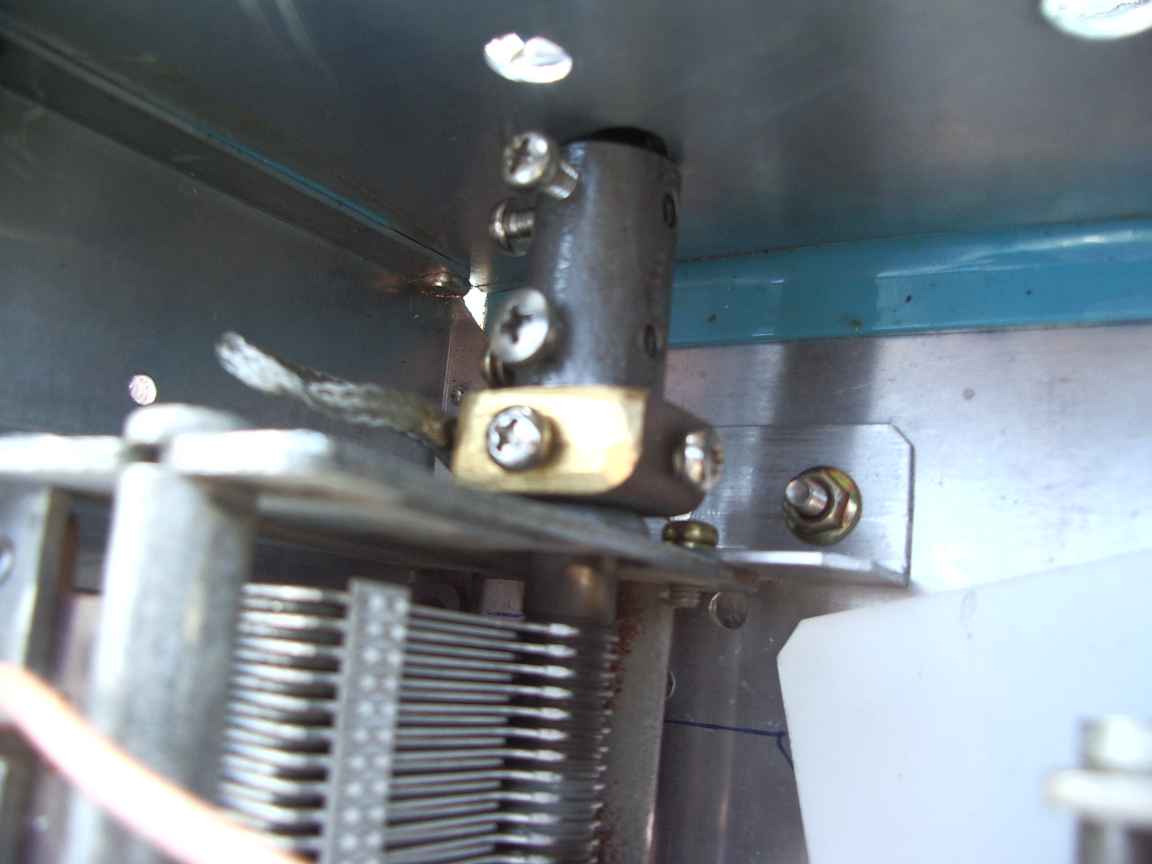
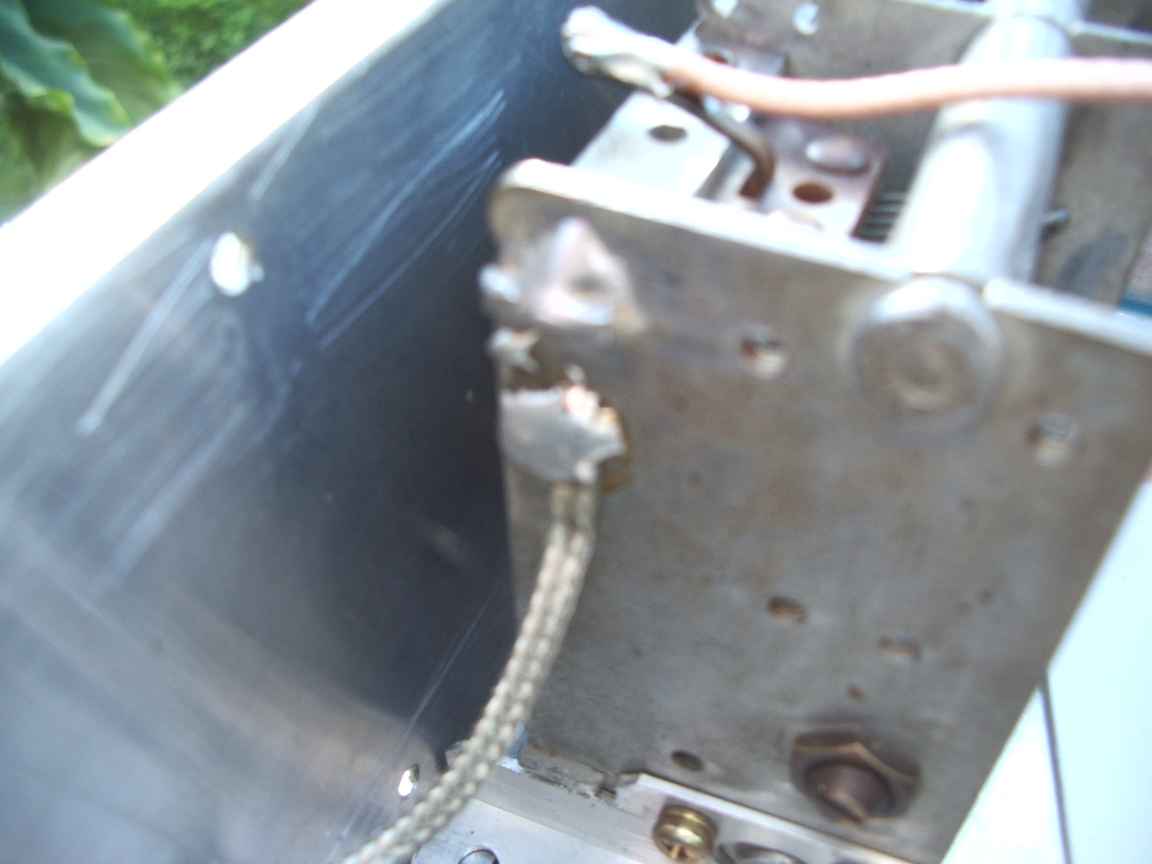
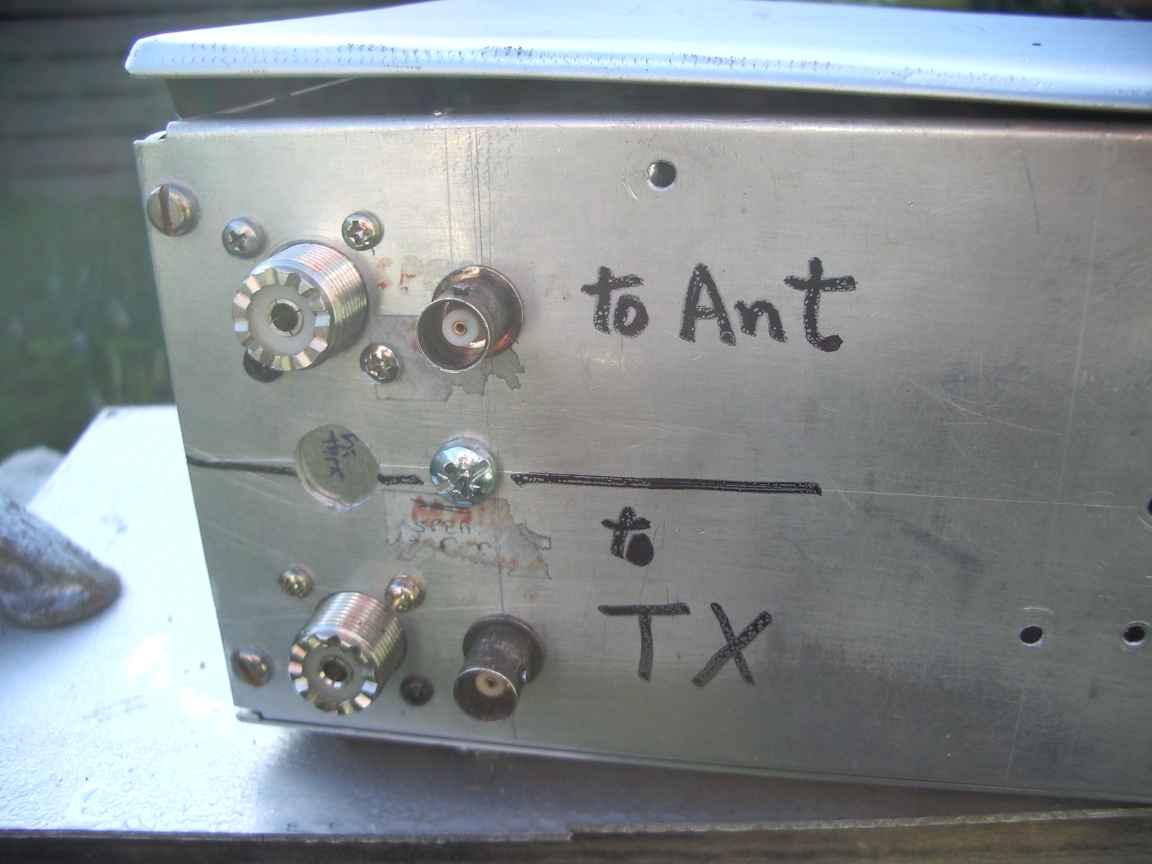
trouble free operation
(it does make a differance )
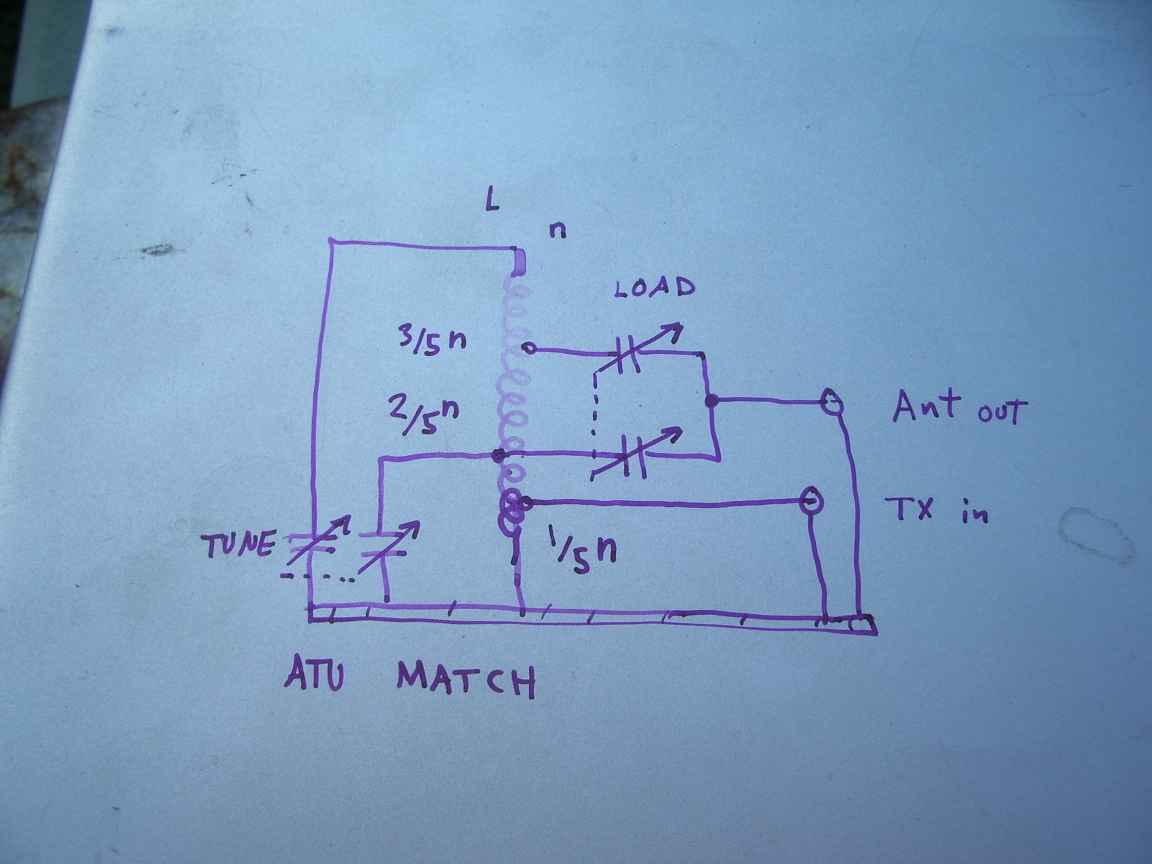
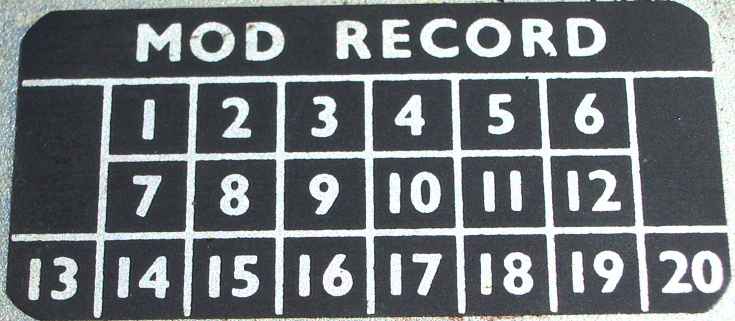 Wed Nov 26 14:25:11 EST 2014,Fri Dec 5 18:17:15 EST 2014
Wed Nov 26 14:25:11 EST 2014,Fri Dec 5 18:17:15 EST 2014